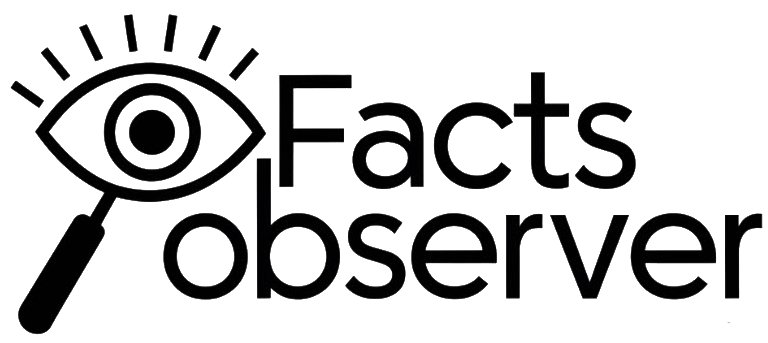Enhancing Business Success through Effective Communication
Effective business communication is a cornerstone of any successful organization. It encompasses the exchange of information between employees, management, and external stakeholders, facilitating collaboration, decision-making, and productivity. This article delves into the significance of effective business communication and various methods to enhance it, expanding on the initial discussion to provide a comprehensive understanding.
The Importance of Effective Business Communication
Effective communication in business is crucial for several reasons:
1. Enhances Productivity and Efficiency
- Increased Productivity: Organizations that prioritize effective communication can enhance productivity by up to 25%. Clear communication reduces misunderstandings and ensures that employees are aligned with the company’s goals and objectives.
- Streamlined Decision-Making: Effective communication simplifies the decision-making process. When information flows freely, teams can make informed decisions quickly, reducing delays and improving responsiveness.
2. Improves Employee Satisfaction and Retention
- Employee Engagement: Open lines of communication foster a sense of belonging and engagement among employees. When employees feel heard and valued, their job satisfaction increases, leading to lower turnover rates.
- Conflict Resolution: Effective communication minimizes conflicts by encouraging dialogue and understanding. When issues arise, clear communication can help resolve them before they escalate.
3. Strengthens Customer Relationships
- Better Customer Service: Effective communication extends beyond internal interactions; it also influences customer relationships. Companies that communicate well with their customers can better understand their needs and respond appropriately, leading to improved customer satisfaction and loyalty.
- Brand Reputation: Consistent and clear communication contributes to a positive brand image. When customers receive timely and accurate information, their trust in the brand grows.
4. Facilitates Innovation and Collaboration
- Encourages Idea Sharing: Effective communication creates an environment where employees feel comfortable sharing ideas and suggestions. This openness can lead to innovative solutions and improvements in processes.
- Team Collaboration: Communication is essential for teamwork. When team members communicate effectively, they can collaborate more efficiently, leveraging each other’s strengths to achieve common goals.
Methods of Effective Business Communication

To harness the benefits of effective communication, organizations must implement various methods tailored to their specific needs. Here are some key methods:
1. Verbal Communication
- Face-to-Face Meetings: In-person interactions allow for immediate feedback and the ability to read non-verbal cues. They are particularly effective for sensitive discussions or brainstorming sessions.
- Phone and Video Calls: When face-to-face meetings are not possible, phone or video calls can facilitate real-time conversations, maintaining the personal touch.
2. Written Communication
- Emails: Email remains a primary mode of communication in business. It is essential for formal correspondence, documentation, and sharing information across teams.
- Reports and Memos: Written reports and memos provide a permanent record of information and decisions made within the organization. They are useful for keeping everyone informed and aligned.
- Instant Messaging: Tools like Slack or Microsoft Teams enable quick, informal communication among team members, fostering collaboration and reducing email overload.
3. Non-Verbal Communication
- Body Language: Non-verbal cues, such as facial expressions and gestures, play a significant role in communication. Being aware of body language can enhance interpersonal interactions.
- Visual Aids: Using charts, graphs, and presentations can help convey complex information more clearly, supporting verbal communication and aiding understanding.
4. Digital Communication Tools
- Collaboration Software: Platforms like Asana, Trello, or Monday.com facilitate project management and team collaboration, ensuring everyone is on the same page.
- Intranet Systems: An internal intranet can serve as a central hub for company news, policies, and resources, enhancing information accessibility.
5. Feedback Mechanisms
- Surveys and Polls: Regular feedback from employees can provide insights into communication effectiveness and areas for improvement. This two-way communication fosters a culture of openness.
- Performance Reviews: Structured feedback during performance reviews allows for discussions about communication strengths and areas needing development.
Best Practices for Effective Business Communication
To ensure that communication methods are effective, organizations should adopt best practices:
- Clarity and Conciseness: Messages should be clear and to the point, avoiding jargon and ambiguity. This helps prevent misunderstandings.
- Active Listening: Encourage active listening among employees. This involves fully concentrating on the speaker, understanding their message, and responding thoughtfully.
- Tailoring Communication: Different audiences may require different communication styles. Tailor messages to suit the audience’s needs and preferences.
- Encouraging Open Dialogue: Foster an environment where employees feel comfortable sharing their thoughts and concerns. This can be achieved through regular check-ins and open-door policies.
- Training and Development: Provide training on effective communication skills for employees at all levels. This can enhance overall communication within the organization.
Challenges in Business Communication
While effective communication is essential, several challenges can hinder it:
- Cultural Differences: In a diverse workplace, cultural differences can lead to misunderstandings. Organizations must be aware of these differences and adapt their communication strategies accordingly.
- Technological Barriers: Depending on technology for communication can sometimes lead to issues, such as miscommunication due to lack of face-to-face interaction or technical failures.
- Information Overload: Employees may feel overwhelmed by the volume of information they receive, leading to important messages being overlooked. It’s crucial to prioritize and streamline communication.
- Resistance to Change: Employees may resist new communication methods or tools, especially if they are accustomed to traditional ways. Change management strategies can help facilitate this transition.
Conclusion
Effective business communication is vital for organizational success. It enhances productivity, improves employee satisfaction, strengthens customer relationships, and fosters innovation. By employing various communication methods and adhering to best practices, organizations can create a culture of effective communication that drives success. Investing in communication strategies is not just beneficial; it is essential for thriving in today’s competitive business landscape.
Frequently Asked Questions (FAQs)
Q1. What is business communication?
A1. Business communication refers to the process of sharing information between individuals within and outside an organization. It includes verbal, written, and non-verbal communication methods aimed at achieving organizational goals.
Q2. Why is effective communication important in business?
A2. Effective communication is crucial as it enhances productivity, improves employee satisfaction, strengthens customer relationships, and facilitates innovation. It helps organizations make informed decisions and reduces misunderstandings.
Q3. What are the main types of business communication?
A3. The main types of business communication include verbal (face-to-face meetings, phone calls), written (emails, reports), non-verbal (body language, visual aids), and digital communication (collaboration software, intranet systems).
Q4. How can organizations improve their communication strategies?
A4. Organizations can improve their communication strategies by providing training, encouraging active listening, tailoring messages to the audience, fostering open dialogue, and utilizing appropriate communication tools.
Q5. What challenges can hinder effective business communication?
A5. Challenges include cultural differences, technological barriers, information overload, and resistance to change. Organizations must address these challenges to ensure effective communication.







